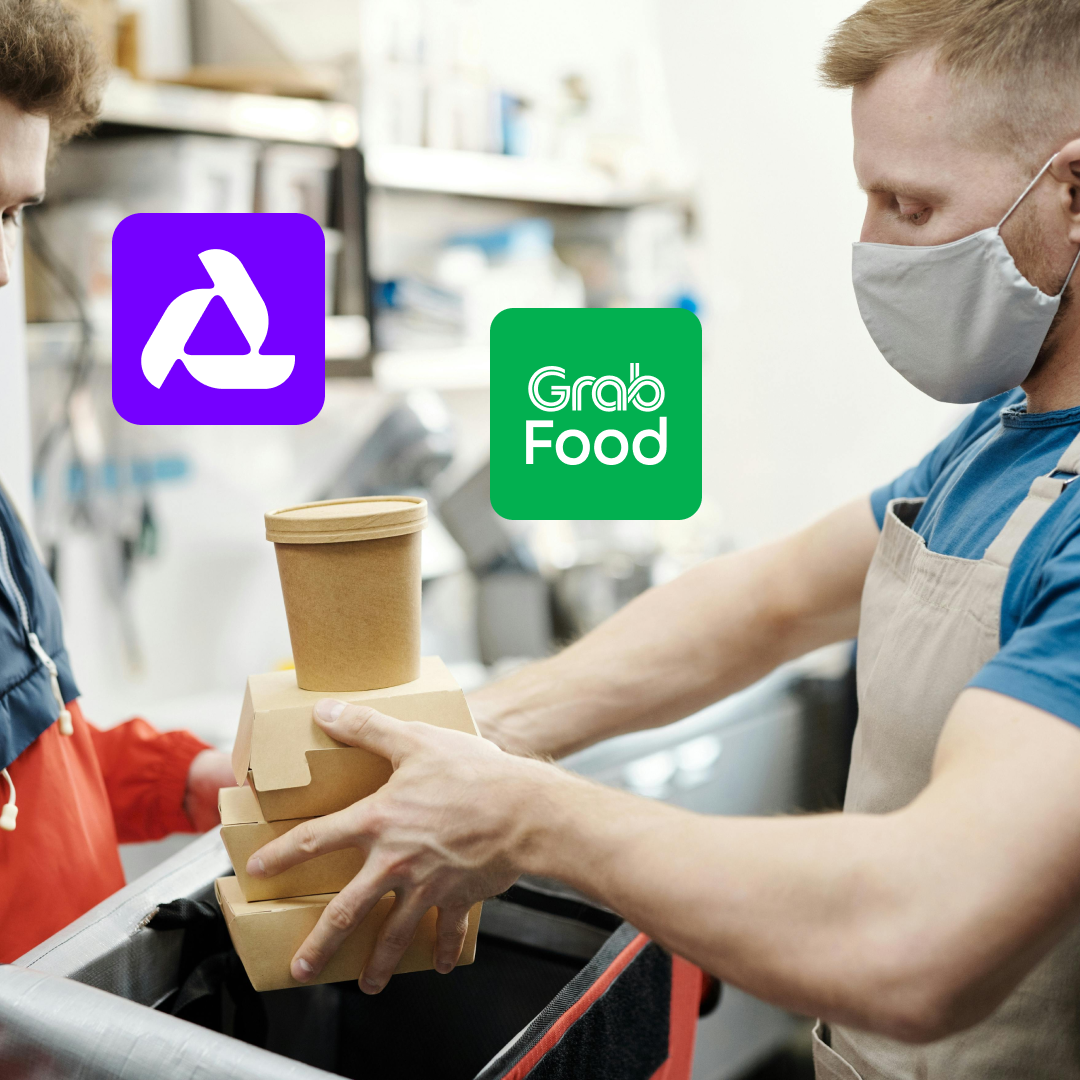Whether you have a food delivery app on your phone, pay for food delivery via GCash, or see all the bright scooters driving around with an insulated bag — food delivery is officially a part of our daily lives. Especially during the pandemic, you probably enjoyed tasty food alone in the safe comfort of your home, or with friends and family as you finally met in-person or watched Kumu together at home. In 2020, food delivery GMV in the Philippines ballooned to ₱60.3B! The Philippines saw a meteoric rise to 64% of food purchases made online on a mobile device, compared to 52% globally.
Even as in-person dining returns and COVID restrictions ease, food delivery persists. In a nearly-post-pandemic (🤞) world, how can restaurants continue to grow?
1. Reach More Customers
Brick-and-mortar restaurants have been the mainstay for generations, but this changed during the pandemic. The inclusion of more delivery options increased custom reach for many restaurants and cafes. Offering online ordering as an option allowed restaurants to target groups that they not only didn’t have before, but it also gave them greater discoverability online. The more platforms that restaurant signed up to, the larger their chance of increasing their customer base. As Metro Manila-based Blake’s Wings and Steaks owner Joana Manalo says, “We got most of our sales from the Grab app – maybe 90% or even 95% come from the Grab app.”
Another exciting example is Girly Bay Bulaong-Tingson’s Thé Hive Tea and Pastry. She opened her dream Bulacan-based cafe in late 2019 — though the pandemic nearly caused her to close shop! Thankfully, a friend recommended she add online food delivery; her business rebounded and now by early 2022 she will have two new branches.
2. Seize Market Opportunities
Delivery increased online visibility for business operators, but how can you stand out when everyone is doing the same? Find a niche. These untapped market opportunities are full of high potential growth, due to (1) an ever-increasing demand for quality food, and (2) new cuisine styles constantly discovered online by diners. Thanks to health trends and social media trends, new niches are booming — e.g., vegan food, ube pan de sal, and collaborations with influencers (“creators” or online celebrities).
These new market opportunities proved to be a sustainable business model, especially when restaurateurs utilised spare kitchen space or ingredients to create a new online-only delivery brand. See what segments of the population like your new menu or specific food items that are risk-free for your online business whilst still operating your main brick-and-mortar location.
3. Maximize Your Kitchen
One of the best advantages of a food delivery business or even ghost kitchen (where your physical location only produces delivery-only food; there is no dine-in) is the increase in order volume and profit by serving more customers using less staff. Even better is when restaurateurs can streamline all delivery services into one cost-efficient software solution, like klikit:
- you need far less staff to manage all food delivery
- your orders all show up on just one device, not multiple frustrating ones
- you can easily update your menus on all your online accounts in just one click
Throughout the Philippines, we see more and more ghost kitchens like Chef N’s ILLO’s Party Trays and even virtual brands (where a restaurant can add a totally different delivery-only brand to their original dine-in/take-out/delivery menu; customers may never realize that both brands come from one kitchen!). The “build it and they will come” phrase is no longer relevant for physical locations — but for digital platforms.
Food delivery GMV in the Philippines is expected to jump by a whopping 32% by 2025, as the global food delivery business amounts to a US$200B industry. The question is, how are you going to be part of it? See how klikit can help your food delivery operations stand out, earn more, and grow — give yourself a free trial!







